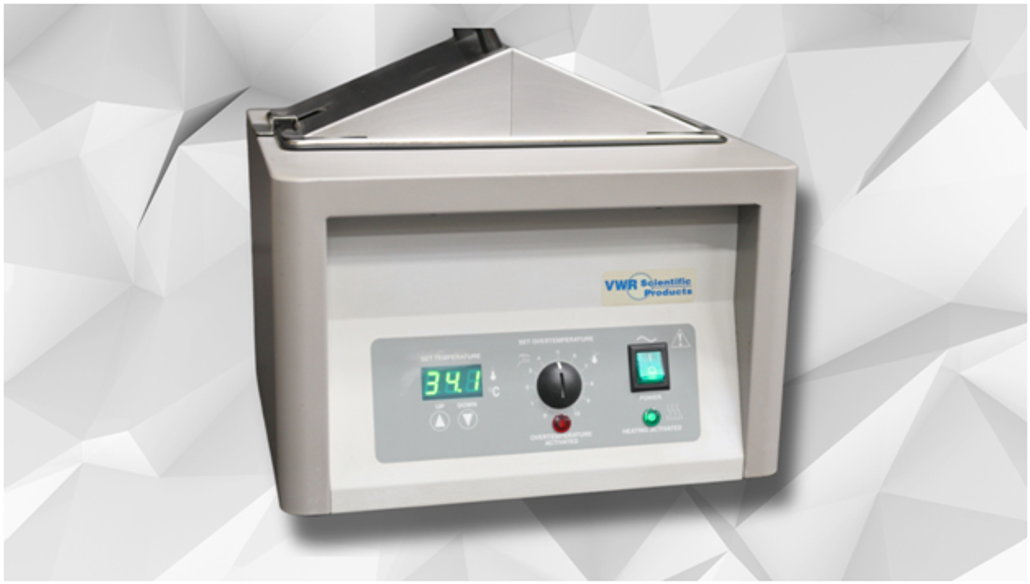
How to Keep Your Lab Warm and Cool with Circulators and Water Baths
4th Oct 2024

When it comes to laboratory equipment, there's no doubt that circulators and water baths play essential roles in research. From microbiology to food science, these trusty tools ensure everything from maintaining precise temperatures to speeding up reactions. In this guide, I’ll walk you through the ins and outs of water baths-circulators, touching on why they’re must-haves for any lab. Whether you’re heating reagents, thawing samples, or simply ensuring temperature consistency, I’ve got you covered.
Why Water Baths Are a Lab Essential
Water baths may not be the most glamorous piece of laboratory equipment, but their value is unmatched. For anyone working with enzymes, bacterial cultures, or delicate samples, a reliable water bath ensures optimal conditions. When heating up those precious reagents, a water bath provides gentle, uniform heat that can’t be matched by direct flame or heat plates.
Take, for example, our VWR Heated Water Bath Model 1225. With its 6-liter capacity and microprocessor-controlled temperature, it allows scientists to set exact temperatures with ease, ensuring no sample is overheated or undercooked (well, you know what I mean). Not only that, but it features an LED display, making it user-friendly—no more guessing if your sample is at the right temperature.
And here’s a little tip: If you’re thinking of equipping your lab for less with economical analytical tools for biotech research, circulators, and water baths are great places to start. These affordable tools can save you time and effort, all while keeping your experiments running smoothly.
The Many Uses of Water Baths in Science
Water baths serve several essential functions in labs, from thawing samples in molecular biology to maintaining body temperature for patient samples in clinical settings. Their versatility makes them irreplaceable. Here’s a closer look at their various uses:
- Sample Thawing: Water baths allow molecular biologists to thaw frozen samples or reagents quickly and evenly. No need to leave it to nature when you’ve got science on your side.
- Enzyme Reactions: Enzymes can be quite picky about their temperatures. Water baths offer the exact control needed to keep these reactions humming along.
- Temperature Calibration: For metrology labs, water baths are a stable environment for temperature probe calibration—where precision matters.
- Food Science: Ever wondered how food quality control is done? Water baths play a part in pasteurization tests and other food safety checks.
No matter your field, a water bath can handle the heat—literally. And while it’s working its magic (sorry, no magic here), don’t forget to keep it clean. Cross-contamination can easily turn a well-oiled lab into a contamination zone. Sharing bathwater between mammalian and bacterial cultures? That’s a no-go.
Circulators: Why Consistency Is Key
When you need uniform heat distribution, nothing beats circulators. These tools ensure that water is consistently circulated, maintaining a stable and uniform temperature throughout the bath.
They’re ideal for serological and enzymatic reactions where even the slightest fluctuation in temperature could throw off results. Temperature sensitivity is something we deal with all the time, and that’s why circulators are crucial.
If you're looking for more guidance on how to set up a well-equipped lab, check out our guide to chemistry laboratory equipment for all your biotech research needs.
Why You Need a Shaking Water Bath
Shaking water baths might seem like an unnecessary luxury, but for microbiologists, they’re a must. They keep cell cultures constantly mixed with air, ensuring better growth conditions.
So, if you’re growing liquid cultures, a shaking water bath could make your life a whole lot easier. Just set the shaking feature, and let it do its job while you get back to the rest of your research.
Non-Circulating Water Baths: A Basic Option with Some Add-Ons
Non-circulating water baths, as their name suggests, don’t circulate water. Instead, they rely on convection, making them less precise than their circulating counterparts. However, don’t write them off just yet—they still have their place in the lab.
For more straightforward applications where temperature precision isn’t as critical, they work just fine. And if you want a little more control, add-on stirrers can help distribute heat more uniformly, bridging the gap between circulating and non-circulating baths.
A Cool Solution for Hot Problems
When your experiments need cooling rather than heating, recirculators are the perfect partner. Instead of letting your water bath overheat your samples, a recirculator will cool things down by pumping water through a radiator and back into the bath. The PolyScience 3370 Liquid-Air Recirculator is a solid option here, especially if you need a durable, easy-to-use solution for cooling liquids in industrial or laboratory settings.
So why are recirculators important? They help prevent overheating during long experiments, protect sensitive samples, and keep everything running smoothly.
With these tips, you’ll be ready to choose the right water bath or circulator for your lab.
